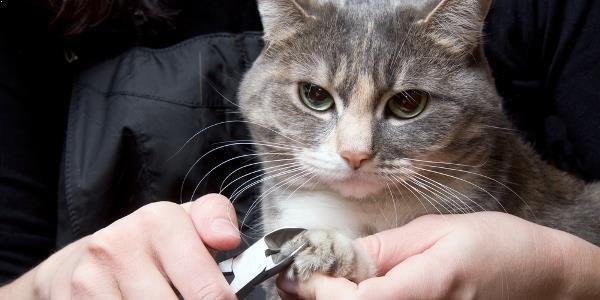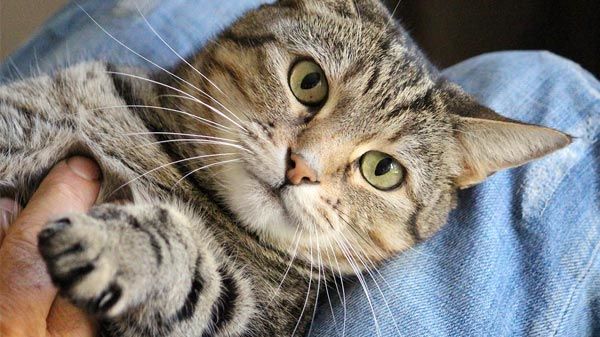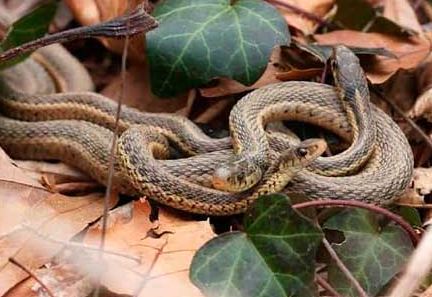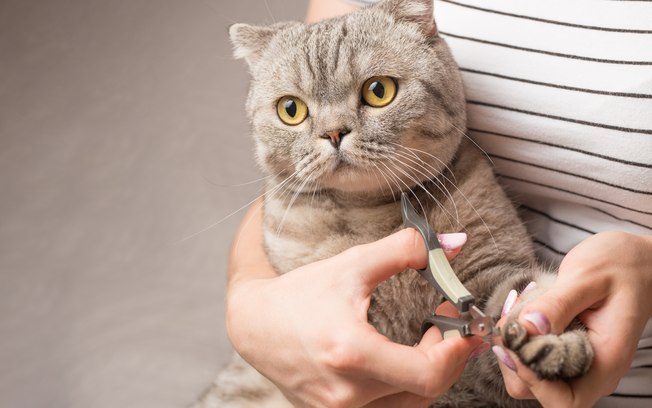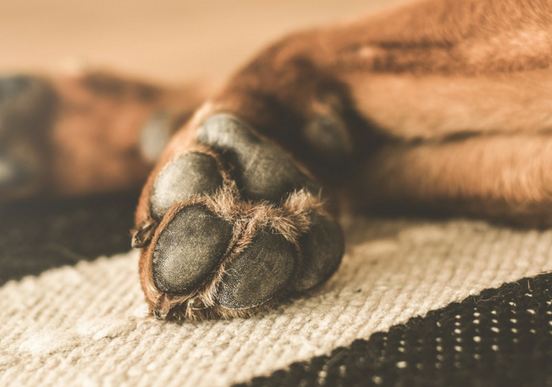Clear-cutting, an entire area, can be deadly to animals that depend upon a specific type of tree to survive. Koalas eat mostly the leaves of the eucalyptus tree and can starve to death without eucalyptus tree.
Recently a sub-adult male koala was found sitting atop the remnants of what was once his home in Vittoria State Forest, New South Wales, Australia. The logging operation had been approved by the forestry service to cut all the trees but the poor little koala was confused upon returning to his previous homeland.
“Koalas would have been moved out of their homes in preparation for planned logging activities,” said WIRES ( Wildlife Information, Rescue and Education Service) general manager, Leanne Taylor.
“It is usual for koalas to roam back to their home range afterwards and become confused to find nothing there. A worker noticed a koala had been sitting stationary in broad daylight on top of wood piles for over an hour.”
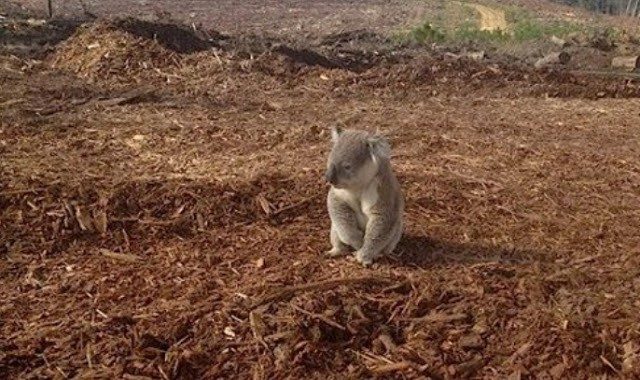
The story of the perplexed marsupial did, nevertheless, have a happy ending. It was found to have an injury on its eye, so it was transferred to a local vet to be treated. Afterward, it was relocated once again back into a various patch of forest. Forestry workers also found three other koalas at the clear-cut site and they were transferred as well.
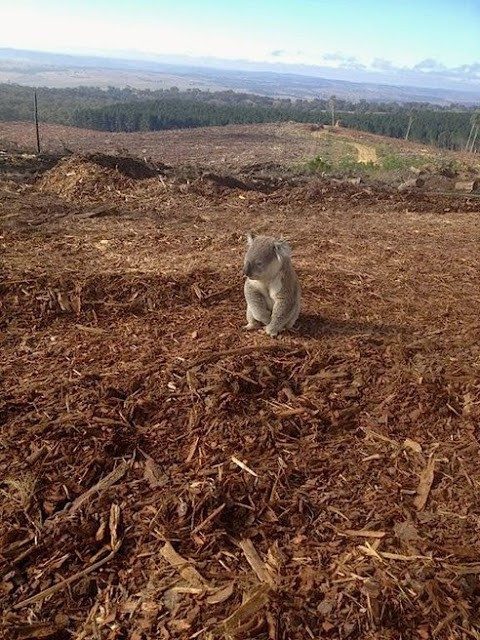
Conservation Status of Koala Bears
In 2008, the International Union for Conservation of Nature listed the koala under Least Concern for the following reasons: “its wide distribution, presumed large population, and because it is unlikely to be declining at nearly the rate required to qualify for listing in a threatened category”. Australian policymakers declined a 2009 proposal to include the koala in the Environment Protection and Biodiversity Conservation Act 1999.[ In 2012, the Australian Government listed koala populations in Queensland and New South Wales as Vulnerable, because of a 40% population decline in the former and a 33% decline in the latter.
Populations in Victoria and South Australia appear to be plentiful; despite that, the Australian Koala Foundation argues that the exclusion of Victorian populations from protective measures is based on a misunderstanding that the total koala population is 200000, whereas they believe it is possibly less than 100000.
The koala was hunted almost to extinction in the early 20th century, mainly for its fur. Millions of furs were traded to the United States and Europe, and the population has not fully regained. Extensive cullings occurred in Queensland in 1915, 1917, and again in 1919, when over 1 million koalas were killed with guns, nooses, and poisons. The public outcry over these cullings was probably the first wide-scale environmental issue that rallied Australians.
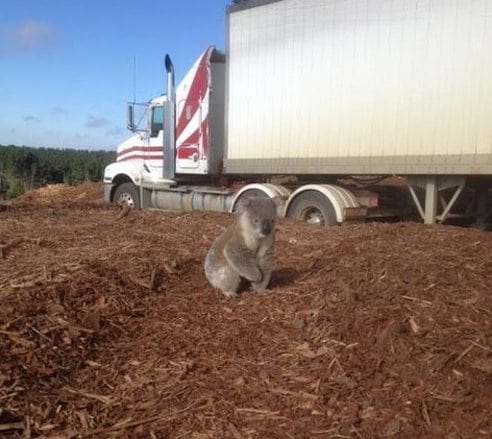
Notwithstanding the growing movement to protect native species, the poverty brought about by the drought of 1926–28 led to the killing of another 600,000 koalas during a one-month open season in August 1927. Koala skins were widely traded early in the twentieth century.
One of the most significant anthropogenic threats to the koala is habitat devastation and fragmentation. In coastal areas, the main cause of this is urbanization, while in rural areas habitat is cleared for agriculture. Native forest trees are also taken down to be made into wood products. Since the European arrival, localized deforestation of eucalyptus in Australia ranges from 33 to 93%. In addition, Acacia habitats, which can also support koala populations, declined by 80% overall. In 2000, Australia ranked fifth in the world by deforestation rates, having cleared 564,800 hectares (1,396,000 acres).
The geographical range of the koala has shrunk by more than 50% since European arrival, largely due to fragmentation of habitat in Queensland. The koala’s “vulnerable” status in Queensland and New South Wales means that developers in these states must consider the impacts on this species when making building applications. In addition, koalas live in many protected areas.
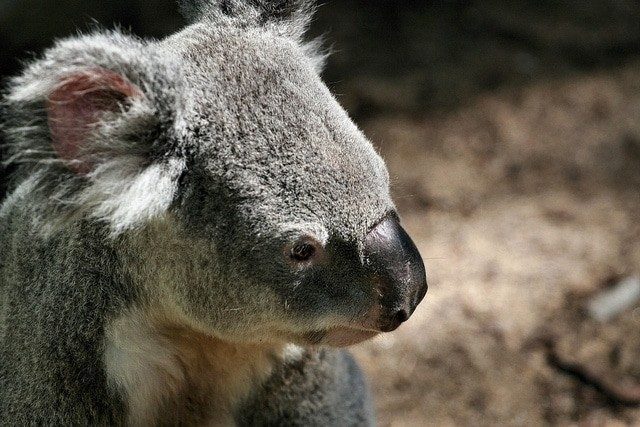
While urbanization can pose a threat to koala populations, the animals can survive in urban areas provided there are enough trees, though urban koalas are vulnerable to collisions with vehicles and assault by domestic dogs. Injured koalas are often taken to wildlife hospitals and rehabilitation centers. In a 30-year retrospective study performed at a New South Wales koala rehabilitation center, it was found that trauma (usually resulting from a motor vehicle accident or dog attack) was the much frequent cause of admission, followed by symptoms of the bacterial disease chlamydiosis.
Wildlife caretakers are issued with special permits but have to release the animals back into the wild when they are either well enough or, in the case of joeys, old enough. As with most native animals, the koala cannot legally be kept as a pet in Australia or anywhere else.
Since 1870, koalas have been introduced to more coastal and offshore islands, including Kangaroo Island and French Island. Their numbers have grown to the thousands, and since the islands are not large enough to sustain such high koala numbers, over-browsing has become an issue. Since the 1990s, government agencies have tried to manage or control their numbers by culling, but the public and international outcry has forced the use of translocation and sterilization instead.- Wikipedia
